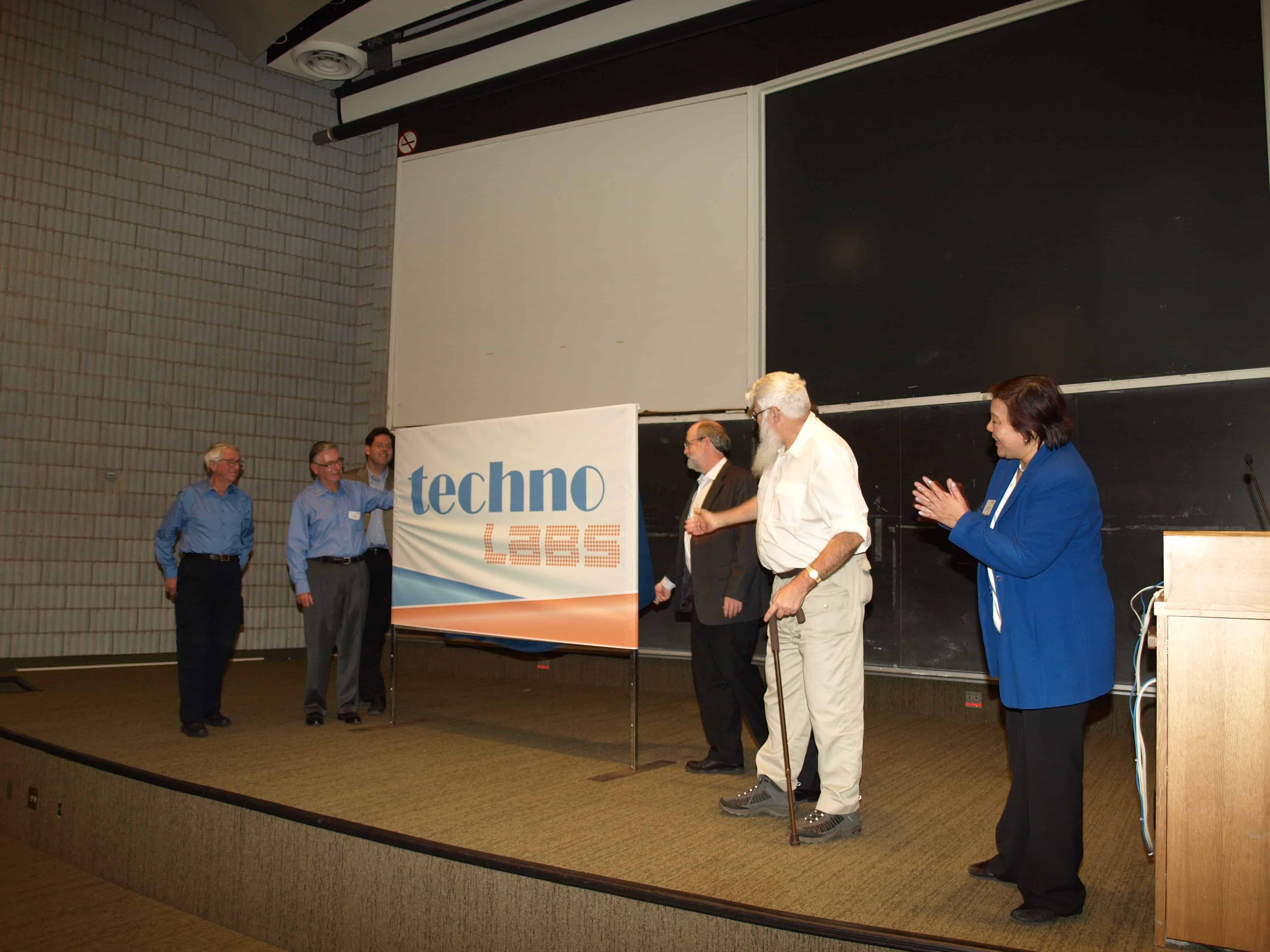The development of insulin is a remarkable example of innovative university research being turned into a product to benefit society. After the discovery of insulin by Dr. Frederick Banting and his student Charles Best on May 17, 1921, it was brought to market by January 1922. The very next year, Banting was awarded the 1923 Nobel Prize for Medicine for his work on insulin.
Such a rapid development process from science to technology to product is almost unheard of in medicine today, with all the regulations and tests that new drugs have to undergo. But rapid development is possible in other markets, notably the emerging mobile app market. Innovatively taking knowledge and turning it into products that benefit society, like Banting and Best did, is a model TechnoLABS and its founder, chemistry professor Cynthia Goh, would like to emulate.
TechnoLABS is an incubator that provides support and training for students and recent alumni who are “building companies based on technological innovations in a wide range of physical sciences.” It was formally launched on November 12 with a symposium on “The U of T Student as Inventor and Entrepreneur,” sponsored by the Institute of Optical Sciences (IOS). Focusing on “using leading edge research and first rate students,” Goh hopes TechnoLABS will continue the work she started with other programs at the IOS.
Goh previously founded a small course that teaches the basics of starting a business, which has since been turned into the popular Entrepreneurship 101 course at the MaRS Discovery District. The course, conducted in collaboration with MaRS vice-president of partner programs Tony Redpath, has a weekly audience close to 1,200 people. The course runs on Wednesdays from 6–7 pm and is also available online.
Having been an entrepreneur himself, Redpath knows a great deal about the “long path to overnight success” that entrepreneurs must take. “Pretty much unemployable upon graduation,” from U of T with a PhD in physical chemistry, Redpath joined EcoPlastics, a company that developed photo-degradable plastics, in the 1980s. Photo-degradable plastics are polymers that break down from exposure to UV light; if such plastic waste cluttered a beach, it would degrade under sunlight. The EcoPlastics story is a great example of the surprising applications of basic research.
The most important characteristics of entrepreneurs, according to Redpath, are perseverance and faith, both in their ideas and in themselves. As a venture capitalist, Redpath expects only one in 10 start-ups to succeed. “We’re way too hard on ourselves,” about failure in Canada, he says. By comparison, in the U.S. he says, there is more of a “oh well, lesson learned” approach to failure.
Now vice-president of Partner Programs at MaRS, Redpath notes that there are two key windows during which it is easiest to become an entrepreneur: as a young adult and as a mid-career professional. The advantage of being a recent graduate or young adult when you start a company is, Redpath says, that “you can take on risk.” Young entrepreneurs often do well if they have a fresh idea that hasn’t been explored before. Conversely, Redpath has found that becoming an entrepreneur in your 40s or mid-career means that “you are already established and have a wealth of experience.” Often starting businesses in fields they know well, mid-career entrepreneurs can more readily raise capital since they have “been there and done that.”
Darren Anderson, founder of Vive Crop Protection, thinks that recent graduates have the perfect mix of humility and arrogance necessary to start a company. The humility comes from years of learning from other people while arrogance often comes from working on a thesis, through which, “you are the expert on one thing.” Anderson started Vive Crop after working on his chemistry PhD research in Goh’s lab and realizing it had important implications for crop growth. At the symposium, he urged the audience, if they were considering an entrepreneurial path, to take it up, “now, so that your salary depends on it and you’ll work harder at it.” One way of looking at it is that if the transition is from school to a start-up company, even if you are only making $40,000 per year, it’s “an enormous raise.” Anderson himself started at IOS about six years ago.
As Anderson was introduced, the presenter urged the audience to think, “this could be me.” With the launch of TechnoLABS, it seems that there will be many more successful companies and entrepreneurs to come.


